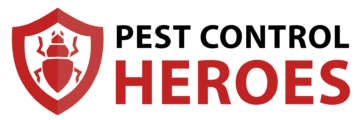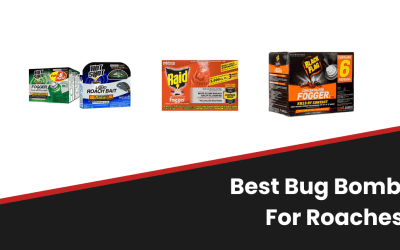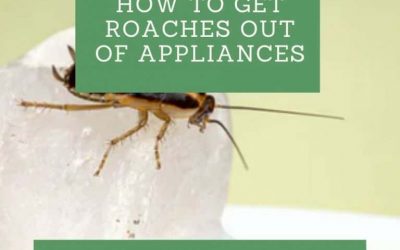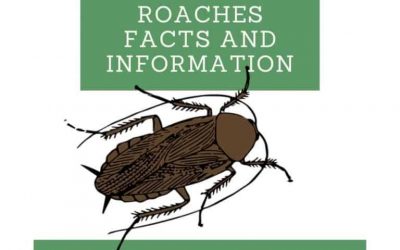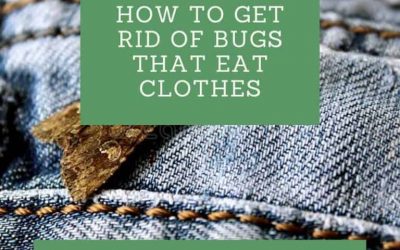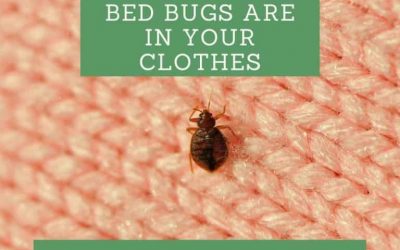Otherwise called foggers, bug bombs are insecticides cramped in aerosol containers. After a bug bomb, you must clean up properly. It is a tedious task because there is a lot involved.
Bug bombs are pesticides with poisonous chemicals that should be handled with utmost care before, during, and after the exercise. With proper timing, they are effective in dealing with insect infestations such as cockroaches.
When using a bug bomb, the pesticide fills the room and stays in the air for a couple of minutes before settling on surfaces such as the floor and furniture. This article explains how to clean after a bug bomb so that the toxic chemicals don’t harm you or your pets afterward.
How to Clean After a Bug Bomb
Preparing For Clean Up After a Bug Bomb
Most pesticides lose their effectiveness once they dry up. However, they are still chemicals and are harmful to humans. First of all, you need to read the manufacturer’s instructions on the leaflet before proceeding with the bug bomb.
The information helps you determine areas to protect, such as eating surfaces and tables. Keep any food in enclosed spaces such as cupboards and refrigerators. After using the bug bomb, leave the house for the time recommended by the manufacturer.
Prepare some warm water and soap that you will use when cleaning up. The water should be the regular amount that you use when cleaning.
Ventilate the house
Once the time expires, please open the windows to your house for it to breathe. Ventilation is essential when cleaning after the bug bomb because inhaling particles of the insecticide that may still be in the air can affect your health.
This step should take approximately an hour. In the meantime, you can proceed to clean other rooms that have already aired out. If any of your family members has a respiratory condition, do not allow them to enter the house since this can be detrimental to their health.
Wiping all the surfaces
The pesticide usually rests on any surface in the room. Therefore, you must wipe all the surfaces. These surfaces include tables, stands, television sets, music systems, and even flower vases. Everything in that room needs to be either wiped or cleaned.
Use the warm water and soap mixed in the same ratios you use when cleaning your house. The vigorous cleaning prevents any accidental ingestions of the chemicals. The rag used in cleaning should also be thoroughly cleaned afterward or thrown away if you don’t need it anymore.
Related reading: Is bug bomb residue dangerous?
Washing Contaminated Items
You should wash all contaminated items afterward. Thoroughly clean everything exposed to the pesticide. Wash all the items such as plates, cups, and even toys with warm soapy water to prevent contamination.
The same applies to any movable items and clothes that were exposed. Wash the sheets and blankets and curtains in all the rooms that you bug bombed. Washing is important because these chemicals are toxic; after all, they just killed some living organisms moments ago.
Cleaning the Floor
The floor should be the last area to clean. At this point, we assume that all the raised surfaces are free from the pesticide and any residue that landed on the floor. You can either use a vacuum cleaner or a mop.
Using a mop will be more effective and faster, unlike a vacuum cleaner which you will need to use either three or four times. Clean the floor using warm soapy water or any cleaning agent as long you get the required results.
Related reading: What Essential Oil Repels Bugs?
What to Cover When Bug Bombing
When bug bombing, always ensure that all the areas you don’t want to contaminate are covered using plastic or polythene.
- In the kitchen, the utensils should be covered or kept in the cupboard. Seal the cupboard using tape.
- Any exposed food should be kept in the refrigerator or covered using plastic. It would be best if you removed the food from the house all together to prevent even the slightest contamination.
- Cover your Electric appliances such as ovens, television sets, heaters, and fans. The liquid from the pesticide can cause them to short circuit.
- If you have smoke detectors, it would be best to remove the batteries and cover them with tape.
- Clothes, toys, and other portable items should be wrapped in disposable paper and kept away from the chemicals. Cover the bed and additional sleeping items such as mattresses, sheets, and pillows.
Note that aerosols are highly explosive. It is crucial that when fogging, all the electric equipment and anything that requires ignition are turned off.
How Bug Bombs Work
A bug bomb is simply a pesticide contained in an aerosol container. When you spray a bug bomb, the pesticide fills the room and falls on targeted surfaces. These surfaces may include walls, ceilings, and floors.
One popular misconception is that a bug bomb releases gas. The substance that looks like the mist is, in fact, the pesticide. Therefore, the bug bomb’s effect may fail to reach into deep cracks in walls and under furniture unless targeted.
Why Do I See More Roaches After Bombing?
While cleaning up after a bug bomb, you will notice so many roaches are dead. These roaches are, however, the only ones that came into contact with the pesticide. Cockroaches are quite good at hiding.
Some species, such as the American cockroach, hide in dark and moist places such as drains. Those that hide in wall cracks and corners die from the pesticide. Some hide in seats, furniture, and electric equipment.
You see more roaches after a bug bomb because they came out of hiding and now there is less competition for food and water. The hiding roaches can now dominate areas previously dominated by the now-dead bugs.
Related reading: Safety Precautions
FAQ
Do bug bombs affect clothing?
Do you have to clean everything after a bug bomb?
Is bug bomb residue dangerous?
The main reason behind cleaning after a bug bomb is because the residue is toxic to humans and any other living organism.
If you happen to inhale a bug bomb, you need to find a place with fresh air and immediately seek medical attention. Severe inhaling can become life-threatening.
Cleaning after a bug bomb, or as others call it fogger, is vital. The chemicals used in insecticides are toxic; when bombing, ensure that you cover all the necessary surfaces to reduce the cleaning exercise’s tediousness. This article has clearly outlined how to clean after a bug bomb.
Bug Bombing is not the most effective way of dealing with an infestation, especially that of crawling insects such as cockroaches. It is more effective when dealing with flying insects. To realize the bug bomb’s effectiveness, you need to know when to use it for maximum results.
Related reading: What Scents Attract Bed Bugs
